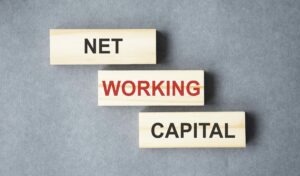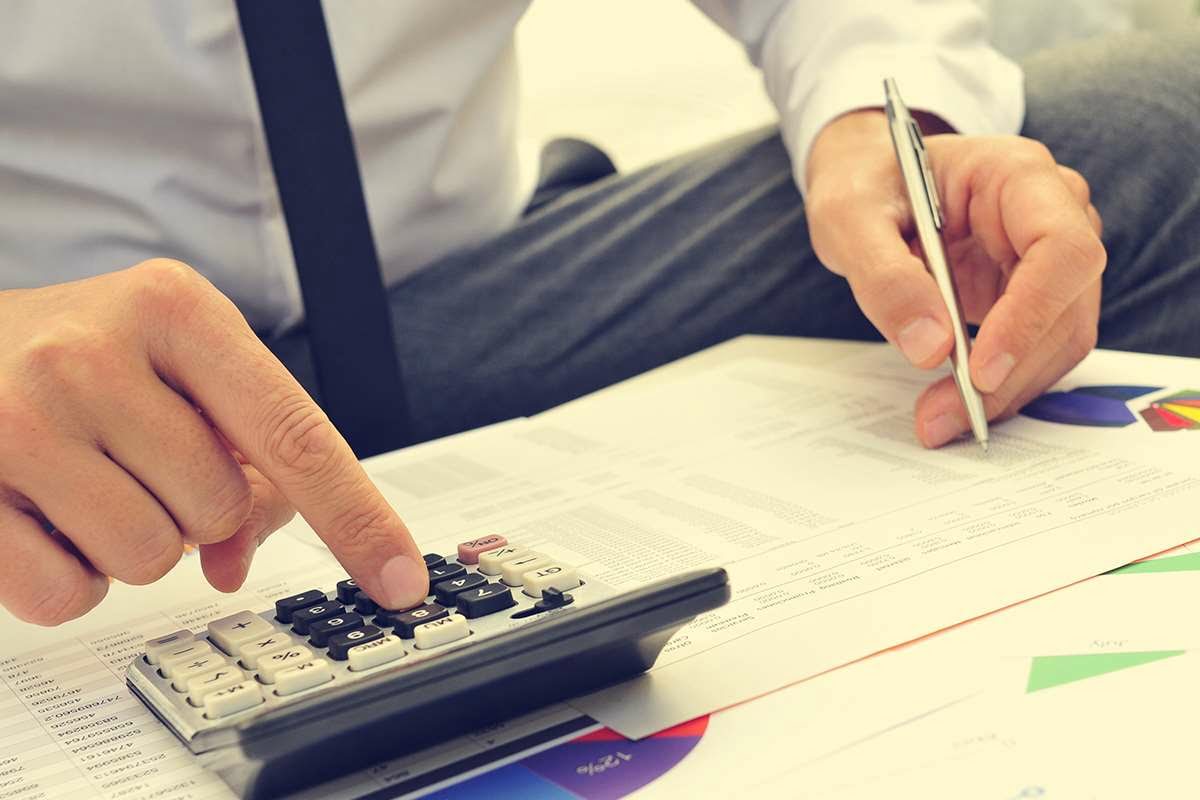
Therefore, this study classifies 297 sample cities into distinct urban expansion types using the Urban Expansion Disparity Index. It then examines the spatiotemporal evolution of the decoupling relationship between urban expansion intensity and carbon emissions from 2007 to 2022 using the Tapio decoupling index. Finally, the study explores the differentiated contributions of urban expansion, affluence, and assets = liabilities + equity technological effects to carbon emissions through LMDI structural decomposition. Accelerated depreciation allows businesses to write off the cost of an asset faster than traditional straight-line methods. It enables companies to reduce taxable income more quickly by front-loading depreciation expenses within the early years of an asset’s life. A disadvantage of the double declining method is that it is more difficult to calculate than the more traditional straight-line method of depreciation.

Comparison With Other Depreciation Methods
If there are changes in an asset’s useful life or salvage value, adjustments must be made to the depreciation calculation. These changes should be accounted for in the year they occur, and the depreciation expense should be adjusted accordingly. Getting yourself familiar with this depreciation method will be important for any accountant but don’t stop here, explore the other depreciation methods too, with the straight-line method being the easiest to understand. This method is an essential tool in the arsenal of financial professionals, enabling a more accurate reflection of an asset’s value over time in balance sheets and financial statements.
Understanding The Normal Balance of an Account
Unlike the straight-line method, accelerated methods recognize more expense early, which lowers taxable income faster. The straight-line method spreads depreciation evenly over the asset’s life, resulting in consistent yearly expense. This accelerated method front-loads depreciation by assigning a larger portion of the total expense to the early years of an asset’s life. The formula involves adding up the years of the asset’s useful life and applying a fraction of that total each year.
How Is an Excise Tax Different from a Sales Tax? Master the Distinctions
- Different urban development patterns lead to varying intensities and functional demands for construction land, resulting in distinct decoupling states.
- If necessary, adjust the depreciation expense in the final year to match the salvage value.
- Finally, harnessing the emission-reduction potential of technological innovation is a vital pathway for achieving synergy between urban development and carbon reduction (Liang et al., 2024).
- Capital equipment consists of machinery and tools used directly in manufacturing or production.
- Our team is ready to learn about your business and guide you to the right solution.
Double declining balance depreciation serves as more than an accounting double declining balance formula method because it functions as a strategic business tool that drives company expansion when implemented properly. Business owners often overlook how double declining balance depreciation provides substantial cash flow benefits during critical early business stages. When your business requires cash urgently choosing to take larger deductions gives you an interest-free loan from the government. Common mistakes include using incorrect asset life or salvage value estimates, applying the wrong depreciation method, and input errors in formulas. Missing adjustments for partial year depreciation or not considering the unique characteristics of each asset can also lead to inaccurate calculations. The VDB method is particularly beneficial for managing complex asset portfolios, where depreciation behavior may not fit neatly into a single method category.

Accounting System Requirements
Accelerated depreciation allows businesses to record higher depreciation expenses early in an asset’s life. It differs from other methods by front-loading expenses, which impacts taxable income and cash flow differently. The Double-Declining Balance (DDB) technique is an accelerated depreciation method that applies twice the rate of the Straight-Line method to the declining book value of an asset. This results in higher depreciation expenses in the early years Interior Design Bookkeeping of an asset’s life, gradually diminishing over time.
- Common mistakes include using incorrect asset life or salvage value estimates, applying the wrong depreciation method, and input errors in formulas.
- Explore the nuances of double declining balance depreciation, its calculation, and how it compares to other methods.
- The content on this website is provided “as is;” no representations are made that the content is error-free.
- Our editorial team independently evaluates products based on thousands of hours of research.
- Business News Daily provides resources, advice and product reviews to drive business growth.
Company Overview
So, in the first year, the company would record a depreciation expense of $4,000. As a result, at the end of the first year, the book value of the machinery would be reduced to $6,000 ($10,000 – $4,000). The Double Declining Balance Method, often referred to as the DDB method, is a commonly used accounting technique to calculate the depreciation of an asset. However, note that eventually, we must switch from using the double declining method of depreciation in order for the salvage value assumption to be met. Since we’re multiplying by a fixed rate, there will continuously be some residual value left over, irrespective of how much time passes.
- Yes, it’s possible to switch methods, but you’ll need to adjust your accounting records and potentially consult with a tax advisor.
- It automates the feedback loop for improved anomaly detection and reduction of false positives over time.
- Accelerated depreciation generates significant tax benefits by deferring tax payments, thus enhancing short-term cash flows for businesses.
- We will cover everything from the basics to examples, making it easy for anyone to grasp.
- So your annual write-offs are more stable over time, which makes income easier to predict.
- By dividing the $4 million depreciation expense by the purchase cost, the implied depreciation rate is 18.0% per year.
Tax Planning Services: Maximizing Deductions and Minimizing Liabilities for Outstanding Financial Growth
The depreciation allowance sets the maximum depreciable amount for an asset, based on its cost and statutory limits. Taxpayers claim deductions against taxable income annually, under this allowance. Accelerated depreciation affects how taxpayers report income and claim deductions, influencing overall tax liability and cash flow during a tax year. Proper application can optimize tax savings but requires careful compliance with tax regulations. The sum-of-the-years’-digits (SYD) method accelerates depreciation by applying a decreasing fraction to the asset’s depreciable base. The fraction numerator decreases yearly, while the denominator is the sum of the years in the asset’s recovery period.

Under the straight-line method, the 10-year life means the asset’s annual depreciation will be 10% of the asset’s cost. Under the double declining balance method the 10% straight line rate is doubled to 20%. However, the 20% is multiplied times the fixture’s book value at the beginning of the year instead of the fixture’s original cost.
